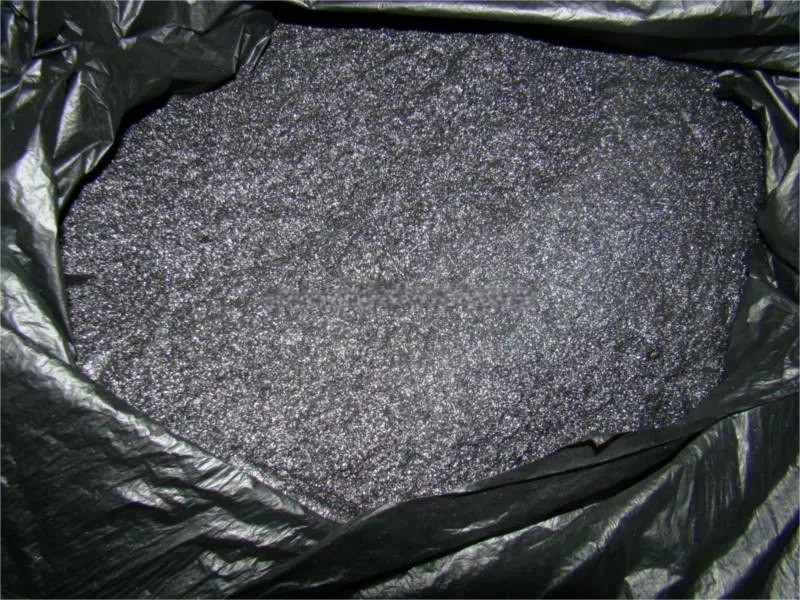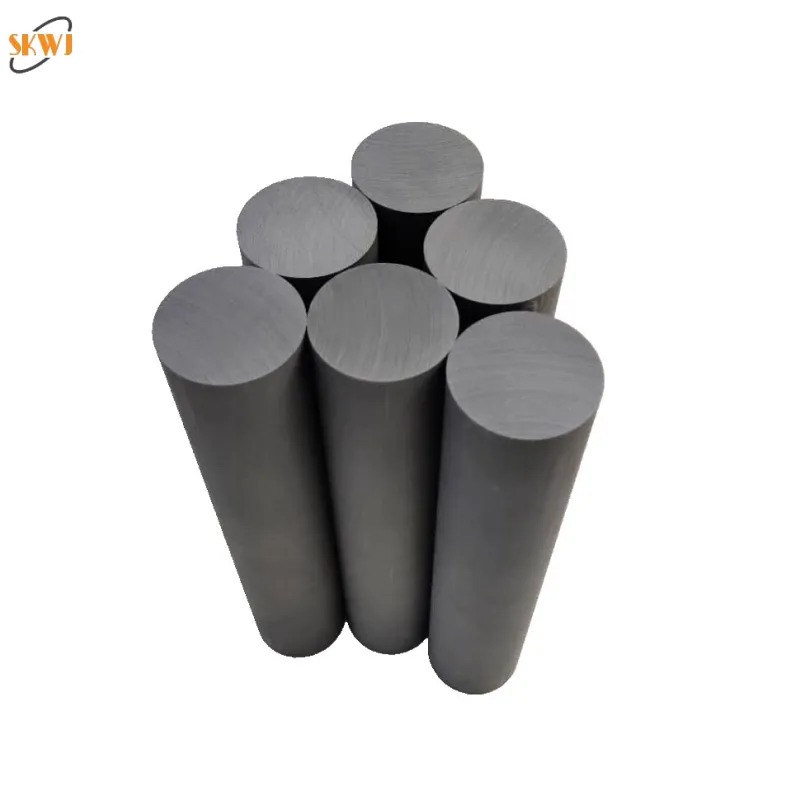Разумевање графитних тигљева у обради метала
Grafitne pećine постали су незаобилазни алати у модерној металургији и индустрији обраде метала. Ови специјализовани садови, направљени од висококвалитетног графитног материјала, служе као посуде за топљење, задржавање и ливање разних метала и легура. Њихова јединствена својства чине их високо траженим у ливницама, лабораторијама и индустријским погонима. Међутим, не сви grafitne pećine су подједнако погodni за сваку врсту метала, а разумевање њихове компатибилности је кључно за успешне операције обраде метала.

Научна основа перформанси графитних тигљева
Хемијска својства и интеракције
Ефикасност графитних тигљева у обради метала у великој мери зависи од њихове хемијске интеракције са различитим металима. Угљенична структура графитних тигљева показује изузетну термалну стабилност и хемијску отпорност, чиме су идеални за многа примене. Међутим, одређени метали могу да реагују са угљеничним садржајем, што може утицати како на интегритет тигља, тако и на чистоћу метала. На пример, при раду са реактивним металима, угљеник из графитних тигљева може да формира карбиде, који мењају коначни састав метала.
Термална карактеристика и расподела топлоте
Једна од највреднијих особина графитних тигљева је њихова изузетна топлотна проводљивост. Ова карактеристика обезбеђује једнолико распршивање топлоте кроз топљени метал, чиме се спречавају тачке са високом температуром и могући недостаци у коначном производу. Графитни тигљеви такође имају отпорност на топлотни удар, што им омогућава да издрже брзе промене температуре без пуцања или квара. Ове особине чине их посебно погодним за метале са високом тачком топљења, иако морају да се узму у обзир специфични опсези температура и брзине загревања.
Водич за компатибилност метала са графитним тигљевима
Погодне врсте метала
Grafitne тигле се истичу у обради разних обојених метала и њихових легура. Посебно су погодне за топљење скупоцених метала као што су злато, сребро и платина, јер се ти материјали обично не реагују са графитном структуром. Бакар, месинг, бронза и легуре алуминијума такође се изузетно добро понашају у графитним тиглама, захваљујући равномерној дистрибуцији топлоте и неприменљивим својствима графитне површине. Ови метали се могу безбедно и ефикасно обрађивати, при чему одржавају жељени састав током процеса топљења.
Метали који захтевају посебну пажњу
Иако су графитне тигле универзалне, неки метали захтевају додатне претпоставке или можда уопште нису погодни. Челик и гвожђе, на пример, могу да апсорбују јаглерод из тигле на високим температурама, што може променити њихова својства. Реактивни метали као што су титанијум и цирконијум могу да формирају карбиде када су у контакту са графитом, што захтева алтернативне материјале за тигле. Разумевање ових ограничења је важно за одржавање квалитета производа и трајности тигала.
Оптимизација употребе графитних тигала
Strategije upravljanja temperaturom
Правилна контрола температуре је критична при коришћењу графитних тигала. Процес загревања треба да буде постепен како би се спречио термички шок, упркос томе што графитне тигле имају изврсну отпорност на термички шок. Очувавање одговарајућих опсега температура за специфичне метала обезбеђује оптималну продуктивност и продужује век трајања тигала. Примена прецизних система за надзор температуре и праћење препоручених протокола загревања може значајно побољшати оперативну ефикасност.
Процедуре одржавања и руковања
Редовно одржавање графитних тигљева је кључно за њихову дуготrajну трајност и сталну учинак. То подразумева правилно чишћење између употреба, пажљиво руковање ради спречавања механичке оштете и редовне провере у знак уношљивости или деградације. Услови складиштења такође имају важну улогу – тигљеви се требају чувати у сувим просторима како би се спречило упиjање влаге, што може довести до проблема током наредних циклуса загревања.
Напредне примене и иновације
Посебни премази и обраде
Најновији развоји у технологији тигљева су унели разне заштитне премазе и обраде које побољшавају свестраност графитних тигљева. Ове иновације могу побољшати отпорност на продор метала, смањити узимање угљеника и продужити век трајања тигљева. Неке специјализоване обраде омогућавају и употребу графитних тигљева са металима који су раније сматрани непогодним за њихову употребу, чиме се проширује опсег примена.
Budući razvoj i trendovi
Област технологије графитних тигљева наставља да се развија, при чему истраживања трају у вези нових материјала и техника производње. Нове тенденције обухватају развој композитних тигљева који комбинују предности графита са другим материјалима, као и интеграцију интелегентних система за праћење ради оптималне контроле процеса. Ови напредни кораци ће вероватно даље проширити могућности и примену графитних тигљева у обради метала.
Često postavljana pitanja
Шта чини графитне тигљеве различитим у односу на друге типове тигљева?
Графитни тигљеви истичу се изузетном термичком проводљивошћу, изврсном отпорношћу на топлоту и непримањем течности (неприлипањем). За разлику од керамичких или металних тигљева, они обезбеђују једнолико распршивање топлоте и могу да издрже брзе промене температуре без квара. Њихова угљенична структура такође чини да су природно подмазани, што помаже у ослобађању метала након лivenja.
Колико година траје уобичајена трајност графитних тигљева?
Vek trajanja grafitnih тигљева varira u zavisnosti od uslova korišćenja, prakse održavanja i vrsta metala koje se obradjuju. Uz odgovarajuće održavanje i pravilnu upotrebu, visokokvalitetni grafitni тигљеви mogu da izdrže stotine ciklusa topljenja. Redovni pregledi i poštovanje preporučenih procedura rukovanja mogu značajno produžiti vek trajanja.
Da li se grafitni тигљеви mogu popraviti ako budu oštećeni?
Iako se manje površinske štete mogu popraviti, strukturna oštećenja grafitnih тигљева se obično ne mogu efikasno popraviti. Kada тигљevi pokazuju znake značajnog trošenja, pucanja ili oštećenja, treba ih zameniti kako bi se osigurala bezbedna eksploatacija i očuvala kvalitet proizvoda. Prevencija kroz pravilno rukovanje i održavanje je najbolji način za produženje veka тигљева.






